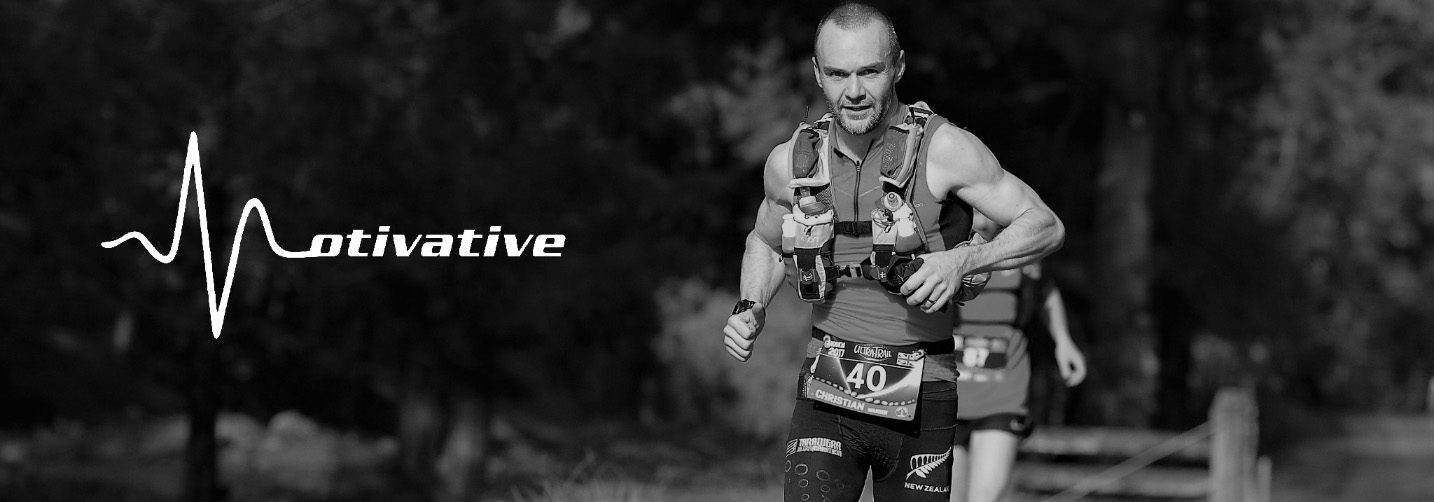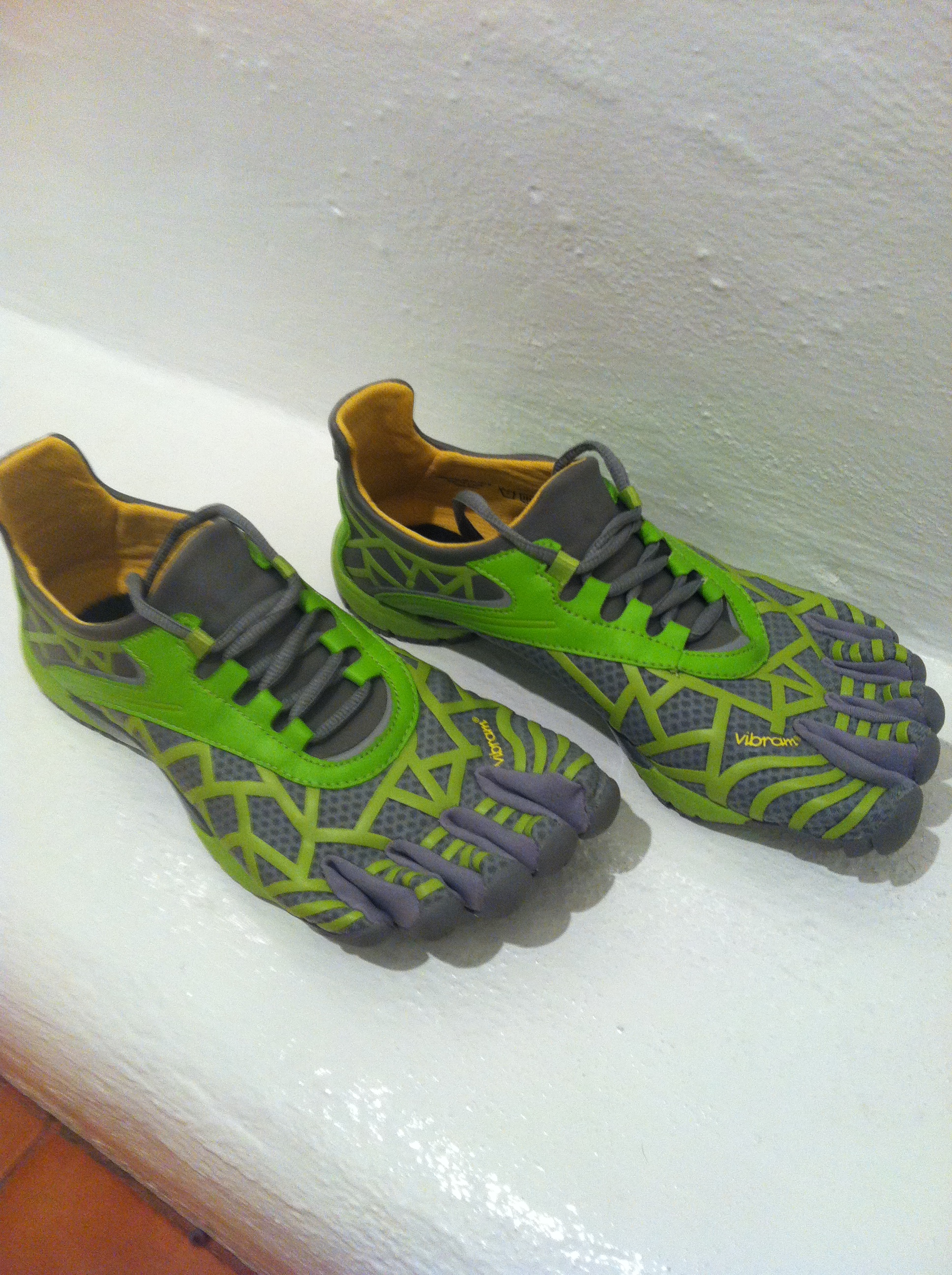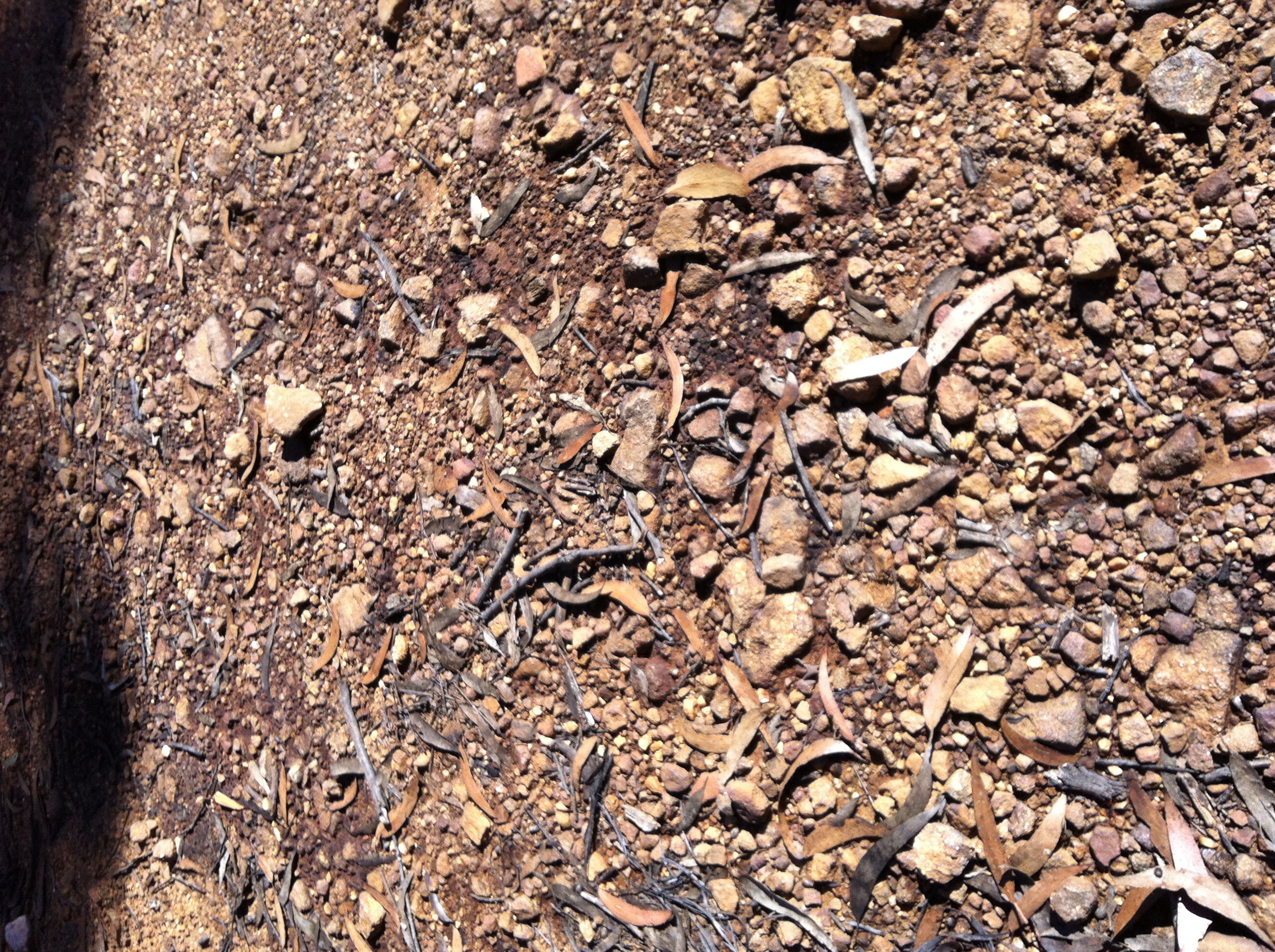So, here goes – a first shoe review from Motivative…!
If you have read my previous post regarding my transition to barefoot running and a more minimalist style of shoe, you may have picked up on the fact that I spend an awful lot of my hard earned cash at Shoeologist and with Barefoot Inc – two fantastic retailers in Sydney (in fact Barefoot Inc are the distributors for Vibram FF and Inov8 here) that supply me with pretty much all of my running gear. That said, I received an intriguing post from Barefoot Inc via Facebook describing a new model of Vibram FiveFingers – called Vybrid Sneak. A quick peek at the images of these had me sold already on looks alone, but I was already planning a trip to Shoeologist to give these a try to see how they felt. The very next day they were purchased.
Just a quick comment on the aesthetics – personally I love what Vibram have done with the colour and design of these, but form your own opinion, I can imagine they would almost certainly divide people.
So, what are these? Well, apparently they are Vibram’s experiment at producing a hybrid of a barefoot running style shoe with a smidgeon of support. Straight away I can hear all the barefoot/minimalist runners out there baulk at the idea of this. After all, Vibram’s mantra is no support – our feet/legs have all the support and cushioning we need, right? However, I think this is a good thing – many people aren’t ready to jump straight into barefoot running and why shouldn’t Vibram encourage a gentler transition?
So, let me get this out of the way first. Do these feel like a Vibram FF shoe? YES. Don’t be fooled by the little stack on the bottom of this shoe, it most definitely retains the flexibility, freedom and dare I say “harshness” of a typical FiveFinger model.
Slipping them on, there is the familiar feeling that Vibrams have, like putting on an extra pair of socks. There is a little more weight obviously, compared to the likes of the SeeYa but it’s negligible. One of the bigger differences is the way the shoe really hugs the arches of your feet, and its noticeable even by looking at the fit:
This, I guess is the “support angle that Vibram were going for, however it’s not invasive. Before going down the minimalist route, the only other shoe I had bought more than once was Brooks Beast – now, while these have to be the most supportive shoe I have ever come across and comparing them is perhaps a little irrelevant, the difference I want to highlight is that the supportive shoe was designed to be and definitely feels “corrective”, these do not. They seem to caress the arches rather than hold them up with scaffolding.
Another big difference is the stack on the bottom of the shoe, and actually this is what interested me most of all. As a long distance runner (and we are talking marathon plus), although I do find FFs extremely comfortable, there is no denying that they can be incredibly punishing on the feet over longer distances. The other thing is sharp pointy rocks. I know FF wearers say they have no problems with feeling the rocks and stones that normal paths/trails have, but (unless I am wearing my FF Trecks), on more than one occasion I have landed on a pointy stone in exactly the wrong place and bruised the underside of my foot. Maybe its just me and I am a wuss, but with these there is absolutely no worry that anything is going to destroy my foot. I will also say that while these look like they are cushioned – they most certainly are not. The stack is uncompromising, Vibram hard wearing rubber – and definitely not the equivalent of running on a foam pad. Note, I tested these on a reasonably technical trail, and there were no problems with comfort:
When running in these it is a little different to a standard pair of FFs (I currently have the Bikila, Speed and Trek). First off, as I mentioned before a little of the true “ground feel” is lost. This is an important factor for a lot of FF runners I think and may be the turn off. But, notice I say it loses “a little” – trust me, it’s still there. Also the design of the toes in the shoe come into play. They are placed a little above the forefoot, so that when standing still and upright, your toes don’t actually touch the ground. Because of this, when running, there is a lot more emphasis on levering off the forefoot rather than pushing with the toes and it’s an interesting change. Actually for me its a welcome one since I do suffer from some toe soreness, and I am quite sure it’s from me “digging in” with the toes when pushing off – these seem to alleviate that to quite a degree.
At the time of writing this, the longest run I have completed in these is 12kms – not a marathon by any stretch of the imagination but I have noticed a slight hotspot around the ball of the foot area, and on closer inspection inside the shoe, the pattern of the lugs around the this area seems to raise up through (the vibram equivalent) of the “insole”. I do have some issues with this part of my foot too (basically callouses), so not sure if the shoe is at fault here although I tend not to feel any discomfort in Bikilas or the Speeds.
The only other gripe I have so far is the lacing – I wish Vibram had opted for speed lacing instead such as on the Bikila LS and Komodo LS. This is just personal preference though.
Overall I would say the Vybrids are great and bridge a little gap between the usual models and a lightweight minimal support shoe. Vibram apparently have only made 100 pairs for Australia, so quite glad I secured a pair and got to try them for myself. Thanks to Shoeologist for supplying them and to Barefoot Inc for alerting me to their presence! 🙂





